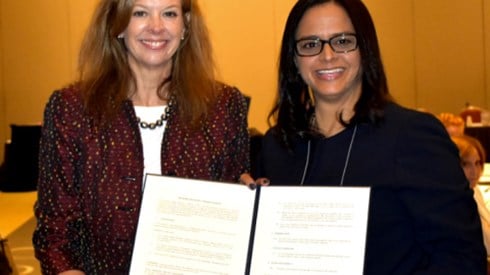Tennessee Looks To Revise Its Captive Insurance Company Statute

April 12, 2019

Legislation approved April 9, 2019, by Tennessee's House Insurance Committee would make several changes to the state's captive insurance company statute.
The measure, HB 1300, would require captives using marketable securities to meet Tennessee captive capital and surplus requirements to file with the insurance commissioner a certificate from an official with whom the securities are deposited detailing, among other things, the amount of the securities.
The legislation also would mandate that a captive obtain approval from the Tennessee Insurance Department before making any material changes in its operations.
That requirement, though, would not apply to a plan of operation change filed by a protected cell captive insurance company for the purpose of creating a new unincorporated or incorporated cell.
In addition, the legislation says captives can receive premium payments in a specified foreign currency or foreign securities and pay claims on insured losses in that foreign currency or securities.
The measure now will be considered by the Tennessee House Finance, Ways and Means Committee.
If approved, the measure would follow other changes Tennessee lawmakers have made to the state's captive statute. For example, legislation passed in 2017 includes provisions stipulating that dormant captives have to maintain capital and surplus of $25,000 and are exempt from premium taxes. The measure also significantly reduced financial penalties of captives that do not pay premium taxes on time.
Tennessee has grown significantly as a captive domicile in recent years. The number of active captives has doubled since 2014, hitting 136 at the end of 2018, while captive premium volume has nearly tripled during the same period, hitting $1.2 billion in 2018.
April 12, 2019




